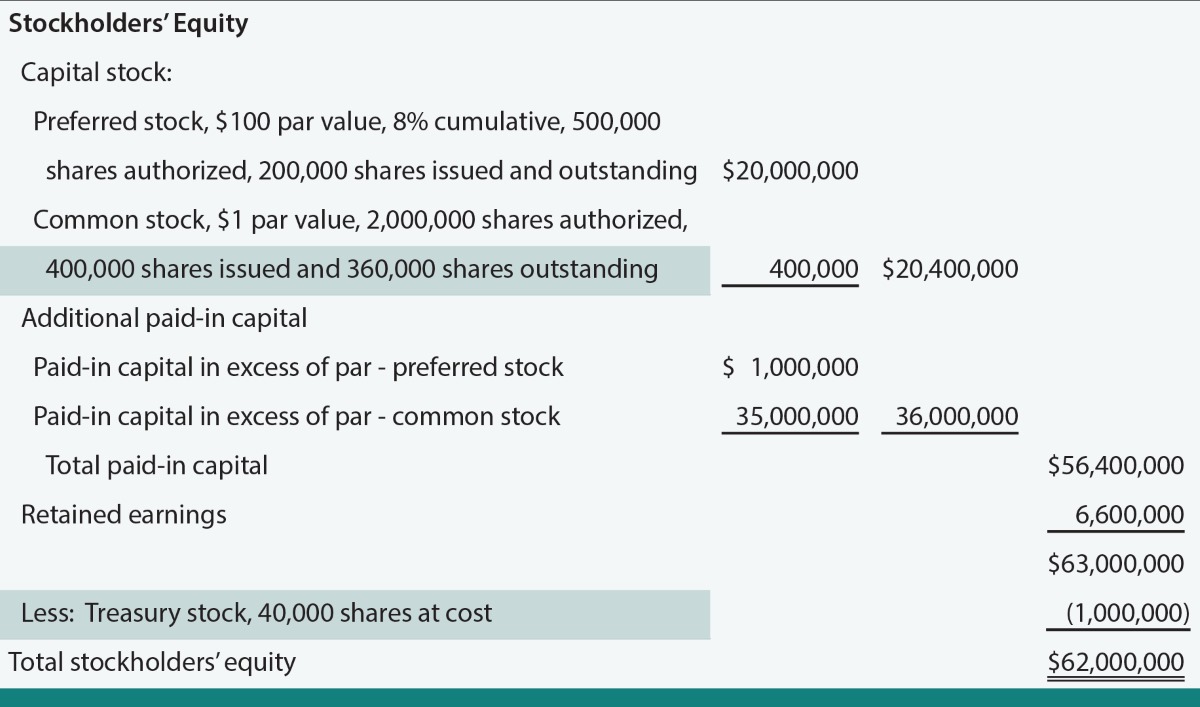Home>Finance>Beta: Definition, Calculation, And Explanation For Investors


Finance
Beta: Definition, Calculation, And Explanation For Investors
Published: October 15, 2023
Learn the definition, calculation, and explanation of beta in finance. Discover how it can help investors make informed decisions.
(Many of the links in this article redirect to a specific reviewed product. Your purchase of these products through affiliate links helps to generate commission for LiveWell, at no extra cost. Learn more)
Beta: Definition, Calculation, and Explanation for Investors
Welcome to our Finance category! In this blog post, we are going to delve into the concept of beta, which is an essential tool for investors in evaluating the potential risks and returns of investments. Understanding beta can help you make informed investment decisions and create a diversified portfolio. So, let’s dive in!
Key Takeaways:
- Beta measures the volatility of a specific stock or portfolio in relation to the overall market.
- A beta greater than 1 indicates that the stock is more volatile than the market, while a beta less than 1 suggests lower volatility.
What is Beta?
Beta is a financial metric that measures the volatility of a specific stock or portfolio in relation to the overall market. It provides investors with valuable insights into the risk level associated with a particular investment. By calculating beta, investors can estimate how much an investment’s price is likely to fluctuate relative to the market.
The beta coefficient is a numerical representation of this relationship, with the market assigned a beta of 1. A beta greater than 1 indicates that the stock or portfolio is more volatile than the market, meaning it tends to experience larger price swings. On the other hand, a beta less than 1 suggests lower volatility, indicating that the investment is expected to be less affected by market movements.
How is Beta Calculated?
To calculate beta, investment analysts use historical data to observe the relationship between the returns of a particular investment and the overall market returns. The formula for beta calculation is:
Beta = Covariance (Return on Investment, Return on Market) / Variance (Return on Market)
Essentially, beta is determined by analyzing how closely an investment’s returns move in relation to the market returns. A beta of 1 indicates that the investment’s returns move in perfect unison with the market, while a higher or lower beta reflects a varying degree of correlation.
Interpreting Beta:
Interpreting beta is crucial for investors, as it helps them assess an investment’s risk and potential returns. Here’s what you need to know:
- 0 to 1: A beta below 1 suggests that the investment is less volatile than the market. If you’re seeking a stable investment, lower beta stocks might be suitable for you.
- 1: A beta of 1 means that the investment’s volatility aligns with the market. It indicates an average level of risk.
- Above 1: A beta greater than 1 indicates that the investment is more volatile than the market. Higher beta stocks tend to experience larger fluctuations in price, translating to higher risk.
It’s important to note that beta is just one tool among many that investors use to evaluate investments. Factors like the company’s financial health, industry trends, and market conditions should also be considered when making investment decisions.
Incorporating Beta into Your Investment Strategy:
While beta provides insights into the risk level of an investment, it should not be the sole determining factor when building your investment portfolio. Here are a few ways you can incorporate beta into your investment strategy:
- Diversify Your Portfolio: Allocating your investments across different asset classes, industries, and geographic regions can help reduce risk. Combining stocks with different betas can create a balanced portfolio.
- Consider Your Risk Tolerance: Your risk tolerance is a critical factor in deciding which investments are appropriate for you. If you have a lower tolerance for risk, aim for investments with lower beta.
- Assess Market Conditions: Beta can be influenced by current market conditions. Understanding the overall market sentiment and economic indicators can guide you in making more informed investment decisions.
- Consult with a Financial Advisor: If you’re unsure how to incorporate beta into your investment strategy, consider consulting with a financial advisor. They can provide personalized guidance based on your financial goals and risk preferences.
Remember, it’s always important to conduct thorough research and seek professional advice before making investment decisions. Beta is a useful metric, but it should be used in conjunction with other fundamental and technical analyses for a well-rounded investment approach.
We hope this blog post has provided you with a good understanding of beta and its relevance to investors. By incorporating beta into your investment analysis, you can make more informed decisions and manage risk effectively. Happy investing!














